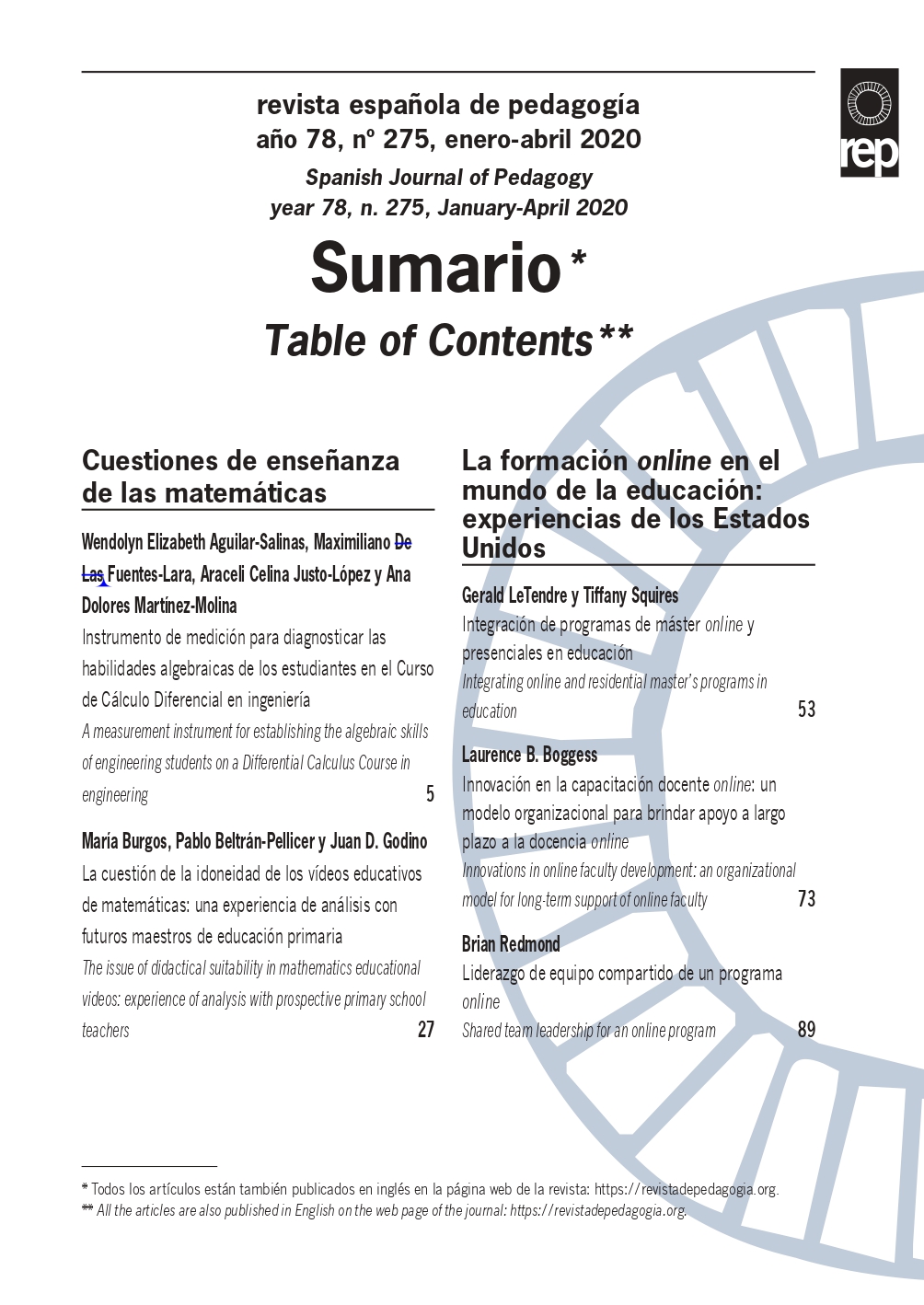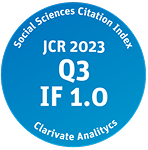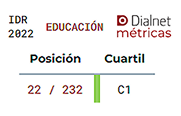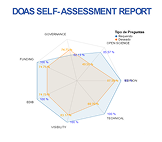The issue of didactical suitability in mathematics educational videos: experience of analysis with prospective primary school teachers.
DOI:
https://doi.org/10.22550/REP78-1-2020-07Keywords:
teachers’ education, onto-semiotic approach, didactical suitability, educational videos, proportionalityAbstract
The number of educational videos available on the internet on the most varied topics is rapidly increasing. These include mathematics videos that cover virtually any type of curriculum content. However, their quality as a learning resource varies greatly. As a result, it is necessary to provide teachers with tools to enable them to analyse the appropriateness of using educational videos, considering the various aspects involved. This paper describes the design, implementation and results of an educational intervention with 93 prospective primary school teachers, focussed on developing their ability to analyse the educational suitability of videos about proportionality. Preliminary analysis of the video revealed significant errors and inaccuracies in the definitions, propositions, and procedures, as well as shortcomings and inaccuracies in the arguments, and so its level of epistemic suitability is rated as medium. However, the majority of the prospective teachers rated its degree of suitability as high in almost all components. Students regard studying didactic suitability and implementing it through components and indicators as positive, believing that this activity facilitates professional reflection. However, mastering this tool requires analysing a greater number and variety of videos and further collective discussion of the results of the analyses performed by the students.
Downloads
References
Aroza, C. J., Godino, J. D. y Beltrán-Pellicer, P. (2016). Iniciación a la innovación e investigación educativa mediante el análisis de la idoneidad didáctica de una experiencia de enseñanza sobre proporcionalidad. Avances en Investigación e Innovación – Revista de Educación Secundaria, 6 (1), 1-29.
Azer, S. A., AlGrain, H. A., AlKhelaif, R. A. y AlEshaiwi, S. M. (2013). Evaluation of the Educational Value of YouTube Videos about Physical Examination of the Cardiovascular and Respiratory Systems. Journal of Medical Internet Research, 15 (11), e241. https://doi.org/10.2196/jmir.2728
Bartell, T. G., Webel, C., Bowen, B. y Dyson, N. (2013). Prospective teacher learning: recognizing evidence of conceptual understanding. Journal of Mathematics Teacher Education, 16 (1), 57-79.
Beltrán-Pellicer, P., Giacomone, B. y Burgos, M. (2018). Online educational videos according to specific didactics: the case of mathematics. Cultura y Educación, 30 (4), 633-662.
Beltrán-Pellicer, P., Godino, J. D. y Giacomone, B. (2018). Elaboración de indicadores específicos de idoneidad didáctica en probabilidad: aplicación para la reflexión sobre la práctica docente. Bolema, 32 (61), 526-548.
Ben-Chaim, D., Keret, Y. e Ilany, B. (2012). Ratio and proportion: Research and teaching in mathematics teachers’ education. Rotterdam: Sense Publisher.
Bergmann, J. y Sams, A. (2012). Flip your classroom. Eugene, Oregon: International Society for Technology in Education.
Berk, D., Taber, S. B., Gorowara, C. C. y Petzl, C. (2009). Developing prospective elementary teachers’ flexibility in the domain of proportional reasoning. Mathematical Thinking and Learning, 11 (3), 113-135.
Borba, M. C., Askar, P., Engelbrecht, J., Gadanidis, G., Llinares, S. y Aguilar, M. S. (2016). Blended learning, e-learning and mobile learning in mathematics education. ZDM. Mathematics Education, 48 (5), 589-610.
Breda, A., Pino-Fan, L. y Font, V. (2017). Meta didactic-mathematical knowledge of teachers: criteria for the reflections and assessment on teaching practice. Eurasia Journal of Mathematics, Science & Technology Education, 13 (6), 1893-1918.
Chapman, O. (2014). Overall commentary: understanding and changing mathematics teachers. En J.-J. Lo, K. R. Leatham y L. R. Van Zoest (Eds.), Research Trends in Mathematics Teacher Education (pp. 295-309). Dordrecht: Springer International Publishing.
Clasemáticas Canal (8 de noviembre de 2012). (Proporcionalidad) - Proporción Directa (1002) [Archivo de vídeo]. Recuperado de https://www.youtube.com/watch?v=o1Mu-lkgv-o (Consultado el 06-04-2019).
Dabbagh, B. y Kitsantas, A. (2012). Personal Learning Environments, social media, and self-regulated learning: A natural formula for connecting formal and informal learning. The Internet and Higher Education, 12 (1), 3-8.
Daniel Carreon (27 de junio de 2017). REPARTO PROPORCIONAL - Super fácil [Archivo de vídeo]. Recuperado de https://www.youtube.com/watch?v=1uAbIb-McLo (Consultado el 06-04- 2019).
Davis, B. (2015). Las matemáticas que los profesores de educación secundaria conocen (o necesitarían conocer). revista española de pedagogía, 73 (261), 321-342.
Duffy, P. (2008). Engaging the YouTube Googleeyed generation: Strategies for using Web 2.0 in teaching and learning. Electronic Journal of E-learning, 6 (2), 119-130.
English, L. D. (2008). Setting an agenda for international research in mathematics education. En L. D. English y D. Kirshner (Eds.), Handbook of international research in mathematics education (pp. 3-19). Nueva York y Londres: Taylor and Francis (Routledge).
Godino, J. D. (2013). Indicadores de idoneidad didáctica de procesos de enseñanza y aprendizaje de las matemáticas. Cuadernos de Investigación y Formación en Educación Matemática, 11, 111-132.
Godino, J. D., Batanero, C. y Font, V. (2007). The onto-semiotic approach to research in mathematics education. ZDM. Mathematics Education, 39 (1-2), 127-135.
Godino, J. D., Font, V., Wilhelmi, M. R. y Lurduy, O. (2011). Why is the learning of elementary arithmetic concepts difficult? Semiotic tools for understanding the nature of mathematical objects. Educational Studies in Mathematics, 77 (2), 247-265.
Godino, J. D., Giacomone, B., Batanero, C. y Font, V. (2017). Enfoque ontosemiótico de los conocimientos y competencias del profesor de matemáticas. Bolema, 31 (57), 90-113.
Hilton, A. y Hilton, G. (2018). Primary school teachers implementing structured mathematics interventions to promote their mathematics knowledge for teaching proportional reasoning. Journal of Mathematics Teacher Education, 22 (6), 545-574. https://doi.org/10.1007/s10857-018-9405-7
Mason, J. (2016). Perception, interpretation and decision making: understanding gaps between competence and performance-a commentary. ZDM. Mathematics Education, 48 (1-2), 219- 226.
Pino-Fan, L. y Godino, J. D. (2015). Perspectiva ampliada del conocimiento didáctico-matemático del profesor. Paradigma, 36 (1), 87-109.
Ponte, J. P. y Chapman, O. (2016). Prospective mathematics teachers’ learning and knowledge for teaching. En L. D. English y D. Kirshner (Eds.), Handbook of international research in mathematics education (pp. 275-296). Nueva York: Routledge.
Portugal, K. O., Arruda, S. D. M. y Passos, M. M. (2018). Free-choice teaching: how YouTube presents a new kind of teacher. Revista Electrónica de Enseñanza de las Ciencias, 17 (1), 183-199.
Posadas, P. y Godino, J. D. (2017). Reflexión sobre la práctica docente como estrategia formativa para desarrollar el conocimiento didáctico-matemático. Didacticae, 1, 77-96. https://doi.org/10.1344/did.2017.1.77-96
Ramírez, A. (2010). Youtube y el desarrollo de la competencia matemática. Resultados de una investigación cuasi-experimental. Contextos Educativos, 13, 123-138.
Ruiz-Reyes, K., Contreras, J. M., Arteaga, P. y Oviedo, K. (2017). Análisis semiótico de videos tutoriales para la enseñanza de la probabilidad en educación primaria. En J. M. Contreras, P. Arteaga, G. R. Cañadas, M. M. Gea, B. Giacomone y M. M. López-Martín (Eds.), Actas del Segundo Congreso International Virtual sobre el Enfoque Ontosemiótico del Conocimiento y la Instrucción Matemáticos. Recuperado de http://hdl.handle.net/10481/45382 (Consultado el 19- 07-2019).
Sadler, D. R. (2013). Making competent judgments of competence. En S. Blömeke, O. Zlatkin-Troitschanskaia, C. Kuhn y J. Fege (Eds.), Modeling and measuring competencies in higher education: Tasks and challenges (pp. 13- 27). Rotterdam: Sense Publishing.
Santos, J. A. (2018). Valoración de vídeo tutoriales de matemáticas disponibles en Internet. Nuevos instrumentos para el análisis de los procesos educativos (Tesis doctoral). Centro de Investigación y de Estudios Avanzados del Instituto Politécnico Nacional, Ciudad de México, México.
Smatematico (7 de abril de 2013). Problema de reparto proporcional [Archivo de vídeo]. Recuperado de https://www.youtube.com/watch?v=0Z5DejetHR8 (Consultado el 06-04- 2019).
Turney, C. S. M., Robinson, D., Lee, M. y Soutar, A. (2009). Using technology to direct learning in higher education. The way forward? Active Learning in Higher Education, 10 (1), 71-83.
Tuto mate (10 de mayo de 2016). Problemas de repartos directamente proporcionales [Archivo de vídeo]. Recuperado de https://www.youtube.com/watch?v=v8KN44iNPls (Consultado el 06-04-2019).
Downloads
Published
-
Abstract99
-
PDF (Español)57
-
PDF57
How to Cite
Issue
Section
License

This work is licensed under a Creative Commons Attribution-NonCommercial 4.0 International License.

